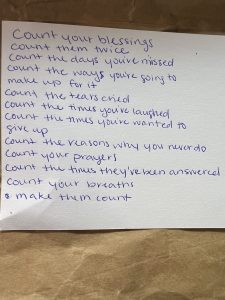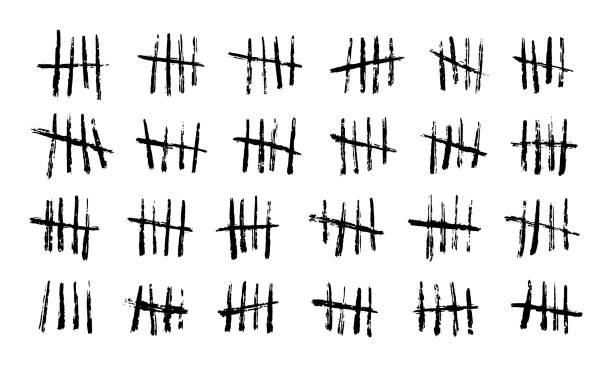There are a lot of ways to mark the passing of time in a prison. I keep time on my watch–not my step-counting, heartbeat-counting, calorie-counting smart watch, because it isn’t allowed, but with a bracelet-style Seiko that used to be my dress-up watch. Now it is my prison watch. With this watch I count time in both directions–how many hours is the drive, how many minutes do I need to add on to my arrival for sign-in, for pat-down, for an officer to flip through the papers I’ve brought, for the class to gather, the seats to fill, for me to begin? How much poetry can I squeeze in before the class evaporates–either because time is over, or because another group needs the space, or because it’s time for the count? The Count, I have noticed, happens on its own time. Everything else stops, and you wait, stuck for however long that it takes. I look away or look at my feet if I am around while the count is happening. It feels shameful to witness, like something that should happen behind closed doors (though in a way, I guess, it is) this reminder of how time moves differently on the inside, where you count not minutes so much as months, years, decades (each decade a phase of life, as one man told me), and as letters–L-I-F-E as pointed out by another.

In the book One Big Self, CD Wright uses “the count” as a type of refrain in her book :
Count your fingers
Count your toes
Count your nose holes
Count your blessings
Count your stars (lucky or not)
Count your loose change
Count the cars at the crossing
Count the miles to the state line . . . .
“The Count,” which happens repeatedly in her book, was one way “to unequivocally lay out the real feel of hard time.” Poet CD Wright and photographer Deborah Luster collaborated on a project that documented–with images and words–the faces of people they encountered in three Louisiana prisons. Unlike a mugshot, in which the subject has no control or input in how they are portrayed, Luster photographed inmates who had some control of how they were seen–at work, in costume, joking around, and provided copies of the pictures to her subjects. She photographed 1,500 inmates, and no matter how overwhelming it is to see those images together on display, the sheer number, the count of those faces, there’s another count at work: the massive absence of those not pictured.

This opening section of Wright’s “The Count” is a poem that I include on worksheets for prison visits because it is easy to talk about and to use as a starting point for individual and/or group poems. As always, the writers I meet floor me with their wisdom and brilliance: “Count your breaths,” “Count the ways you’re going to make up for it,” “Count your prayers,” “make them count.
I am still tallying my prison blessings, but here’s a start:
Count the workers in the library
If there’s a window, count the clouds
Count the chairs in the circle, the broken chairs against the wall
Count the pens in my fist, count the caps
Count the words of advice–don’t let yourself get run over, don’t be sad
Count the handwritten poems
Count the autographs
Count the number of times I get lost walking in straight lines
Count the blessing of these minutes and hours
Count on poetry to make these things count.

